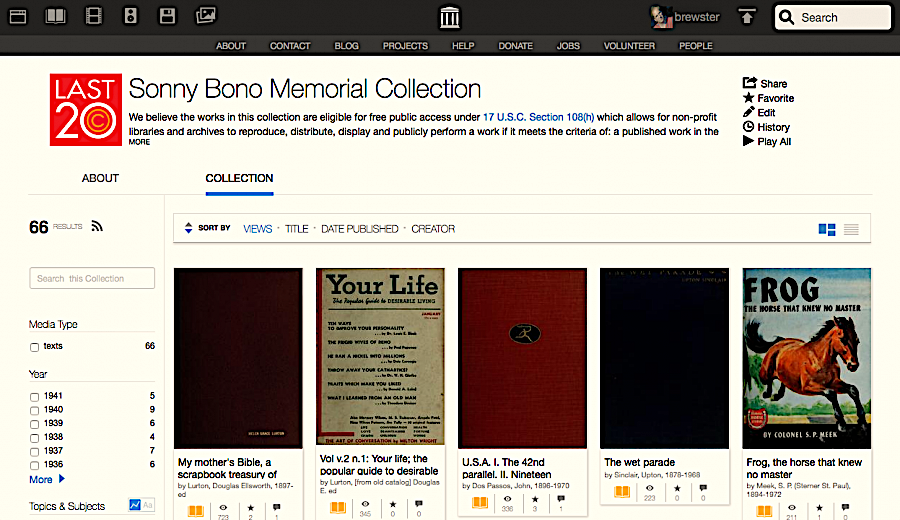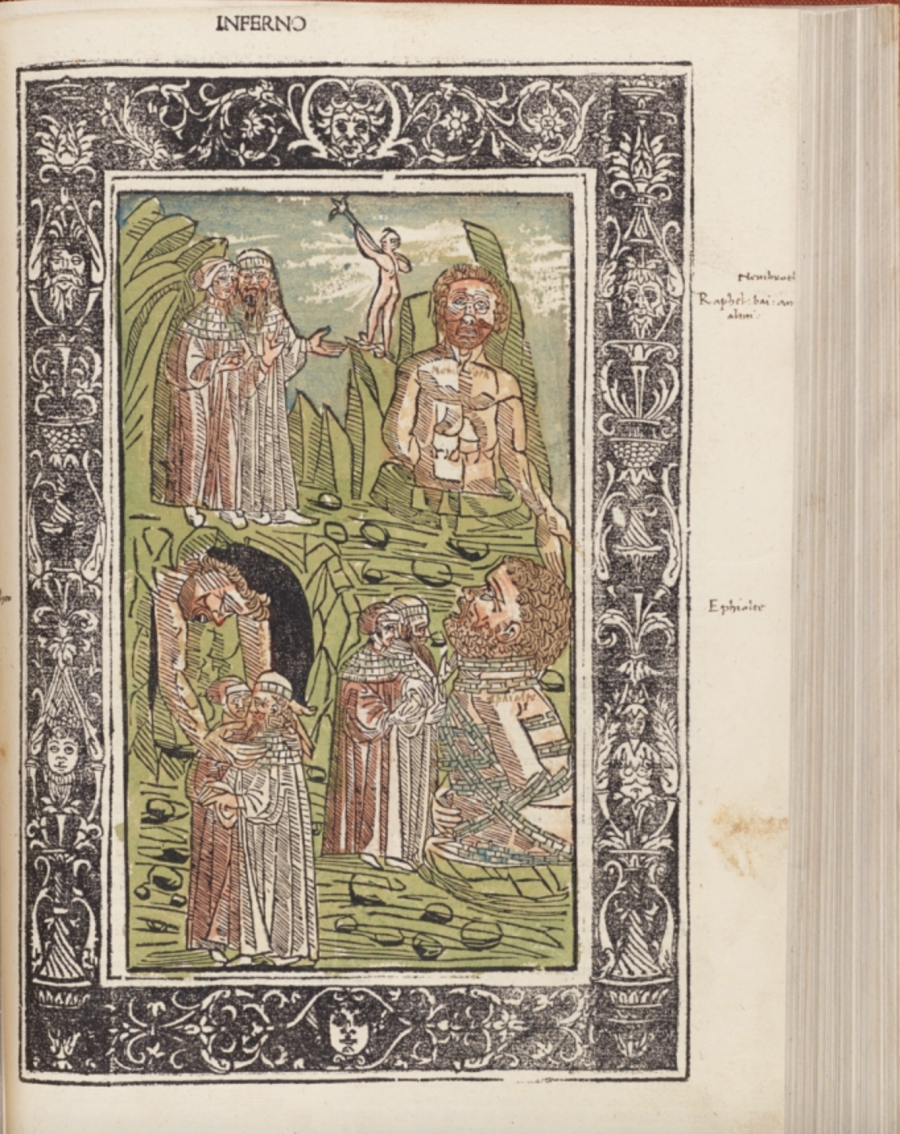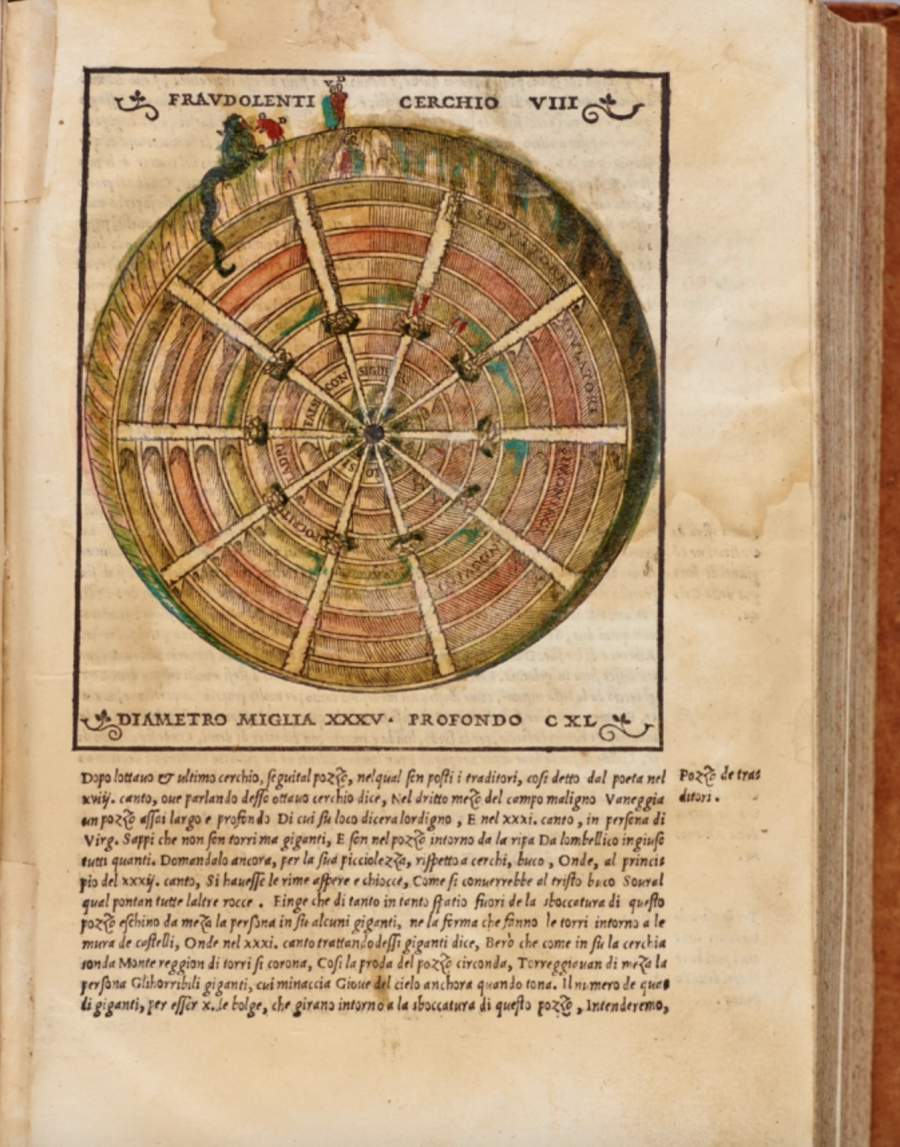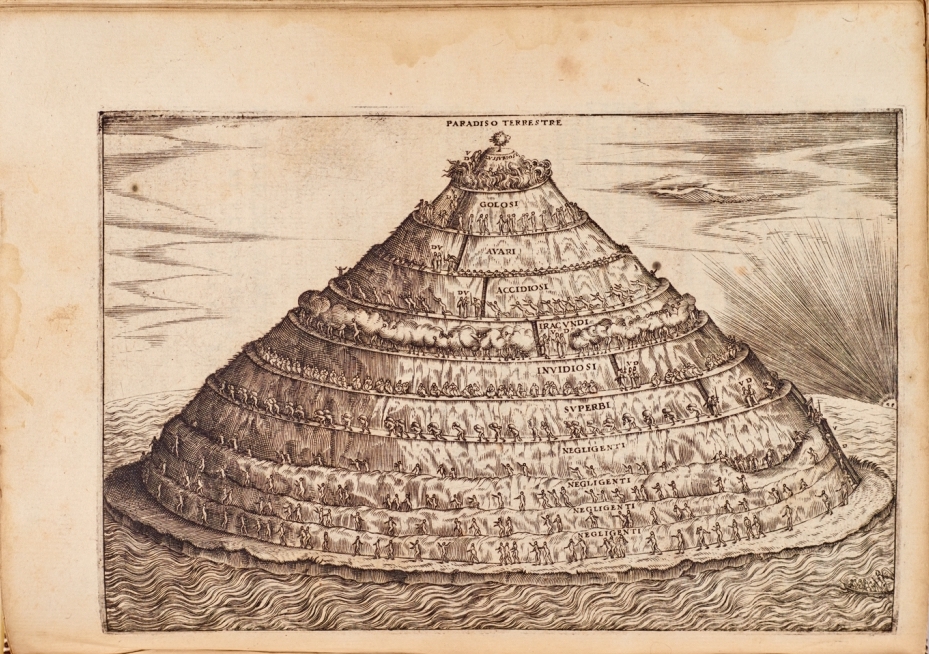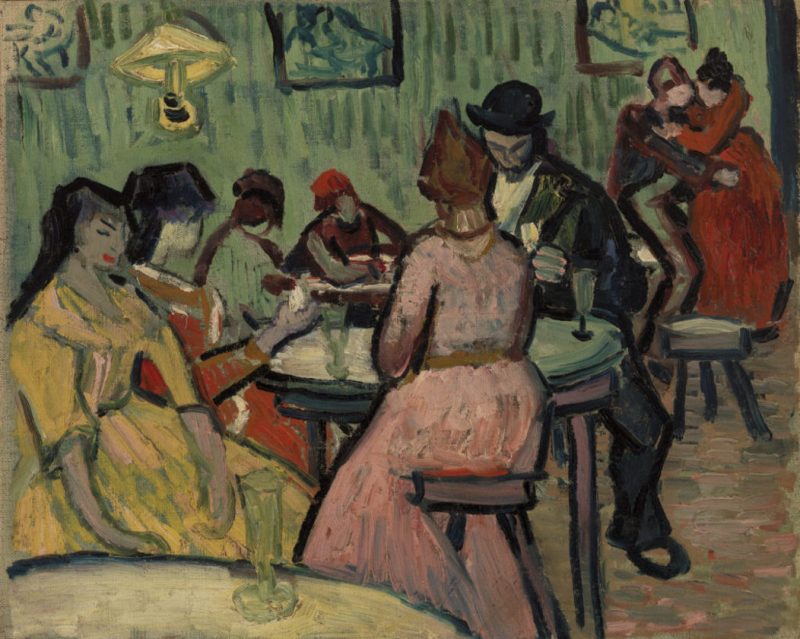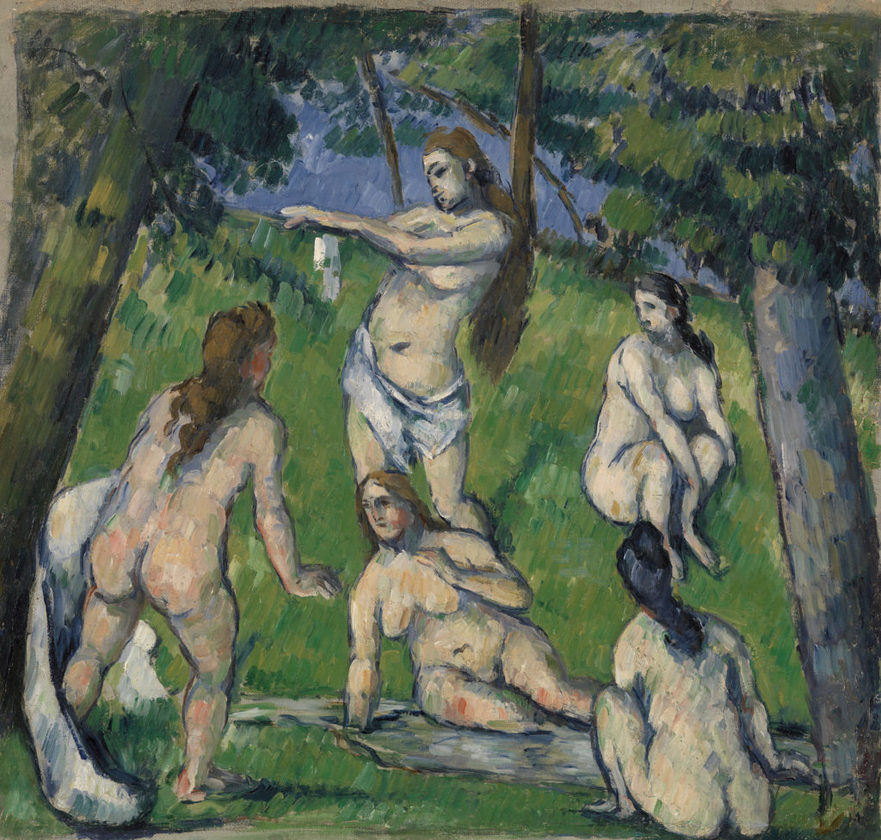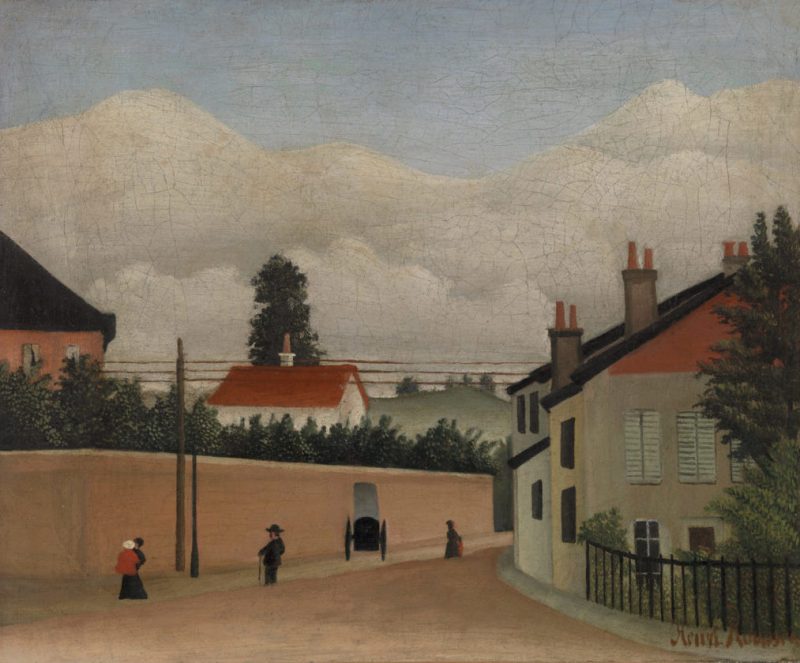Among the literary works that emerged in the so-called Golden Age of Spanish culture in the 16th and 17th centuries, one shines so brightly that it seems to eclipse all others, and indeed is said to not only be the foundation of modern Spanish writing, but of the modern novel itself. Miguel de Cervantes’ Don Quixote synthesized the Medieval and Renaissance literature that had come before it in a brilliantly satirical work, writes popular academic Harold Bloom, with “cosmological scope and reverberation.” But in such high praise of a great work, we can lose sight of the work itself. Don Quixote is hardly an exception.
“The notion of ‘literary classic,’” Simon Leys writes at the New York Review of Books, “has a solemn ring about it. But Don Quixote, which is the classic par excellence, was written for a flatly practical purpose: to amuse the largest possible number of readers, in order to make a lot of money for the author (who needed it badly).” To mention these intentions is not to diminish the work, but perhaps even to burnish it further. To have created, as Yale’s Roberto González Echevarría says in his introductory lecture above, “one of the unquestioned masterpieces of world literature, let alone the Western Canon,” while seeking primarily to entertain and make a buck says quite a lot about Cervantes’ considerable talents, and, perhaps, about his modernism.
Rather than write for a feudal patron, monarch, or deity, he wrote for what he hoped would be a profitable mass-market. In so doing, says Professor González, quoting Gabriel García Márquez, Cervantes wrote “a novel in which there is already everything that novelists would attempt to do in the future until today.” González’s course, “Cervantes’ Don Quixote,” is now available online in a series of 24 lectures, available on YouTube and iTunes. (Stream all 24 lectures below.) You can download all of the course materials, including the syllabus and overview of each class, here. There is a good deal of reading involved, and you’ll need to get your hands on a few extra books. In addition to the weighty Quixote, “students are also expected to read four of Cervantes’ Exemplary Stories, Cervantes’ Don Quixote: A Casebook, and J.H. Elliott’s Imperial Spain.” It would seem well worth the effort.
Professor González goes on in his introduction to discuss the novel’s importance to such figures as Sigmund Freud, Jorge Luis Borges, and British scholar Ian Watt, who called Don Quixote “one of four myths of modern individualism, the others being Faust, Don Juan, and Robinson Crusoe.” The novel’s historical resume is tremendously impressive, but the most important thing about it, says González, is that it has been read and enjoyed by millions of people around the world for hundreds of years. Just why is that?
The professor quotes from his own introduction to the Penguin Classics edition he asks students to read in providing his answer: “Miguel de Cervantes Saavedra’s masterpiece has endured because it focuses on literature’s foremost appeal: to become another, to leave a typically embattled self for another closer to one’s desires and aspirations. This is why Don Quixote has often been read as a children’s book, and continues to be read by and to children.” Critics might be prone to dismiss such enjoyable wish fulfilment as trivial, but the centuries-long success of Don Quixote shows it may be the foundation of all modern literary writing.
Don Quixote will be added to our collection of Free Online Literature courses, a subset of our larger collection, 1,700 Free Online Courses from Top Universities.
Related Content:
Gustave Doré’s Exquisite Engravings of Cervantes’ Don Quixote
Free Online Literature Courses
Josh Jones is a writer and musician based in Durham, NC. Follow him at @jdmagness
